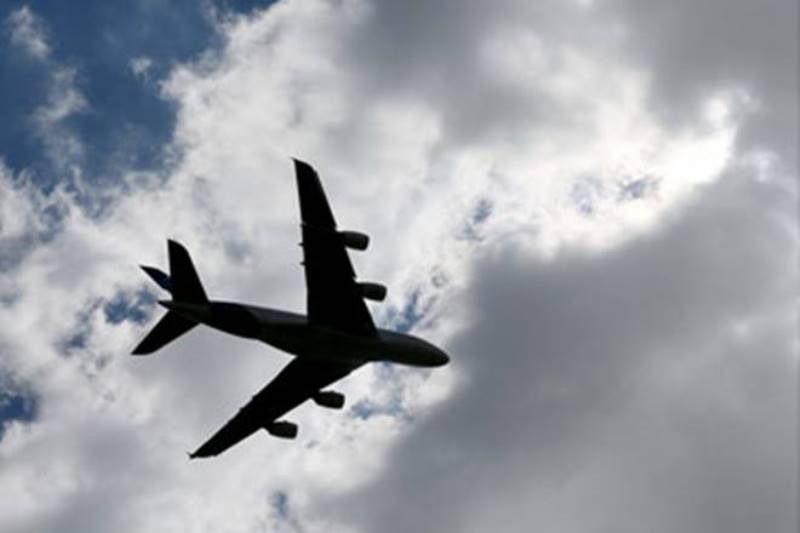The Gulf region, particularly Dubai, is making major investments in the aviation industry with the construction of new airports and the expansion of existing ones. The International Air Transport Association predicts that Middle East passenger traffic will double in the next 20 years, reaching 530 million passengers by 2043. Dubai is already home to the world’s busiest airport by international traffic, and is in the process of building an even larger airport that could handle up to 260 million passengers annually.
Abu Dhabi and Qatar are also expanding their airports to accommodate the expected increase in air travel in the region. Saudi Arabia, with its oil wealth, is also making significant investments in aviation infrastructure, including a new air hub in Riyadh and the launch of a new airline, Riyadh Air. Emirates, the state-owned carrier of Dubai, is a key player in the Gulf’s aviation industry, operating a large fleet of long-range aircraft.
The Gulf’s strategic geographic location allows its airlines to easily connect passengers between Europe, Asia, and Africa. With Asia driving the rise in global passenger traffic, the Gulf region is well-positioned to capture the Indian and South Asian markets. Airbus predicts a significant increase in traffic between the Middle East and Asia by 2042, as well as between the Middle East and Europe.
The Gulf airlines, including Emirates, Qatar Airways, and Etihad, have strong brands and close ties to key markets in Asia, Africa, and the Middle East. These airlines have been successful in building their reputations and expanding their reach over the past two decades. With the region’s airports expected to keep up with the growing demand for air travel for the next several decades, the Gulf is poised to become a major player in the global aviation industry.










